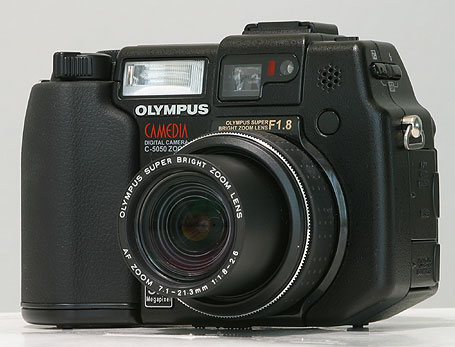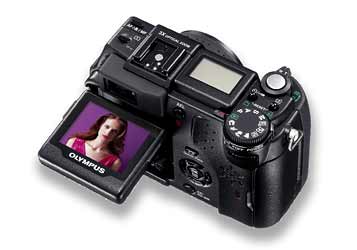
Last night I almost fell asleep at the wheel.
It is hard to believe because “endurance driving” is something I love… something of a hobby. Nothing to me is more pleasurable than hopping behind the wheel and reeling off 300-700 miles at a clip. Last night though, I started nodding off around 200 miles into the route. Thankfully I realized this, right as a sign loomed out of the darkness, as if speaking DIRECTLY to me: “Tired? Rest area ¾ mile.” I slapped myself on the left cheek (face you filthy-minded reader!) and made that short distance, pulled into a parking space, reclined my seat, and literally in an instant fell into a deep restful sleep lasting several hours.
Ironically I’ve been personally & professionally in something of a state of … well… not quite sleep but certainly in slumber. An event yesterday shook me awake from it and sent me on my way. What “my way” will be is uncertain actually, but is not relevant to this bit of story.
Stories. Stories are very important to our species. I found this quote while reading a bedtime story, Crow & Weasel by Barry Lopez to my sons when they were young; and it struck me as vitally important, lodging itself into my brain since that evening more than a decade ago…
“I would ask you to remember only this one thing, the stories people tell have a way of taking care of them. If stories come to you, care for them. And learn to give them away where they are needed. Sometimes a person needs a story more than food to stay alive. That is why we put these stories in each other’s memory. This is how people care for themselves. One day you will be good storytellers. Never forget these obligations.” -Badger
Sometimes we do need stories more than food to stay alive. Last night however, I just needed a few hours rest to stay alive, and I found it at the Indian John Hill Rest Area on I-90. After I awoke and resumed my journey the events of the prior day exploded in my head. I realized that this is what caused my fatigue. My mind was reeling with galaxies of new information, new insight, new opportunities, and new ways of seeing things. I was thinking, NOT driving. Driving to me is a Zen-like activity. Complete concentration with minimal thought, only action. I become hyper-aware and my mind becomes blank… an input processor whose sole task is to absorb the environment around it – and my body becomes an output device at the whim of my mind. My drive last night was different because I could not empty my mind and drive. It was tumbling in somersaults through a new-found universe I had just discovered right under my nose, and applying all those thoughts and concepts to my future. It refilled my “gumption tank” but prevented me from performing the task at hand, namely safely driving home. My body surrendered to my brain there on Indian John Hill and I slept like a baby, despite the December chill.
Gumption Tank. That is a phrase I’m borrowing from another great story. Namely Robert Pirsig‘s Zen and the Art of Motorcycle Maintenance, one of the finest stories I have ever read. It is an honest inquiry into values, thought, and life. Pirsig’s story literally goes out beyond the edges, covering a lot of ground, some familiar enough to be mundane, other territory that lies beyond the edge of the map of our minds… where monsters lie. At several points in his story he speaks of motivation (gumption), and things that sap our motivations (gumption traps). As I drove across the dry scrublands of eastern Washington yesterday I recognized all the little gumption traps that I had fallen into, or attached themselves to me over the past few years… and when I awoke in the chill predawn on Indian Jim Hill I had climbed out of, or cast them all off. No matter what life has in store for me over the next few years, at least I have some gumption back.
Man, does it feel good.







